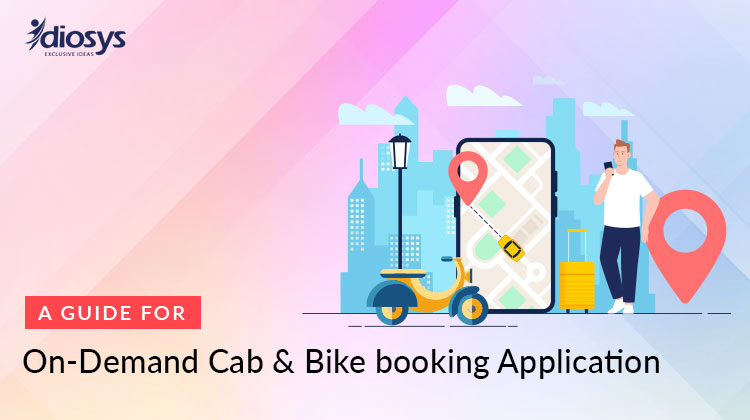
14 Jul, 2020
Before the app was introduced, taxi booking often let to dissatisfaction for the customers. Timeliness, professionalism and other things were the reasons for most of these dissatisfactions. However, the advent of cab booking application company has completely changed the scenario, making it one of the best services in the urban sector. Today, it is hard to live without a cab or bike booking app on our phone, thanks to the advanced technology that has made transport easier and extremely comfortable.
Ola and Uber are the two names we all know. They have spread their business worldwide to provide the users with a great facility when it comes to booking private transport within or outside the city. Soon they initiated bike booking services, which have shown remarkable responses from the users. Now, if you are thinking of creating a start-up company in the domain of cab and bike booking, you are on the right page. Here, we will show you an ultimate guide for the cab and bike booking application, which is very much in demand.
How does a Cab / Bike booking mobile app work?
It is crucial for you to know the UI for the app you are going to create for your cab and bike booking company. Here it goes. The registration page is the first thing that appears when someone has installed a cab or bike booking app. It asks the user to login with credentials such as mail id and phone number. Then, once the user has successfully logged in, booking cab or bike is just the matter of a few clicks. Here, you need to understand the value of the user credentials. These not only help you to contact the users when they have booked a service. These also make up for the initial safety feature you can incorporate in the app.
The Booking Page UI: The booking page is the main page in your app, which needs to have a simple layout. It is essential to create a simple design so that any user can easily understand how to book a cab or bike. This page should have minimal text entries and a map to show the user the status easily. This page of your app needs to be simple so that the users are able to book the cab from their exact location to the point they want to travel to.
Customer end Feature: We have already discussed how the registration page and the booking page should be designed for the convenience of the customer. Next, when a customer has booked a cab by checking the fare on the app, the information of the driver along with contact number needs to be updated instantly. When a driver has passed on the service to another driver, an immediate notification with the new update is mandatory. Then, after the completion of each trip, the app might ask for feedback for the comfort and safety of the customer. Also, customer support helpline that is online for 24*7 should be mentioned on the app along with an emergency number during the trip.
Driver end Features: Your app has to be simply integrated for the sake of your driver’s convenience as well. They should be able to see that a booking has come their way and accept or decline by clicking a single button in the app. Once accepted, the customer detail needs to be available instantly on the app so that the drivers reach the location quickly. Swiftness is a sign of professionalism and therefore, your app needs to incorporate all these features for the convenience of the drivers.
Admin end Features: Like any other services, the admin of a bike or cab booking application has multiple responsibilities. To make it easier, you can hire the best cab booking application company and discuss how you want to operate the app. Tracking the Geolocation integration, payments, notifications, complaints and the reviews page are the main tasks of the admin, which should be simple and precise.
The Salient Features:
Here are the salient features that a cab or bike booking app must-have.
1. Ride Options: to allow users to choose among different cars or bikes.
2. Customer Profile: to let the customers see their own information and booking history.
3. Geolocation Integration: to enable the customers and drivers to track each other’s location.
4. Payment Options: multiple options to make payment flexible and easy.
5. Scheduling: to help the customer book cab or bike ride in advance.
6. Notifications: to show new offers and special discounts.
7. Complaints: to help a customer launch a complaint in the app.
8. Reviews Page: to help customers and drivers leave reviews or feedback.
Now that you know all the features and guidelines of a cab and bike booking app, go ahead and implement all these in your new venture. If you are looking for a reliable cab booking application development company to provide you with professional service, feel free to get in touch with us.
